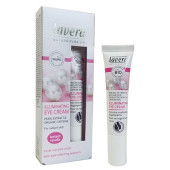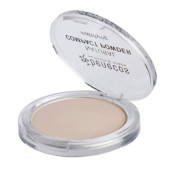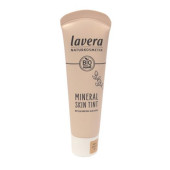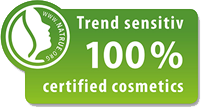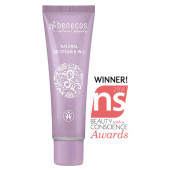Vitamin D is not an excuse for NOT wearing Sunscreen!
A Vitamin D deficiency is not an excuse to spend large amounts of time in the sun without the use of sunscreen.
What Are the Safest Facial Self‐Tanning Lotions?
What Are the Safest Facial Self‐Tanning Lotions?
A nice summer glow definitely helps to freshen up pale winter skin. No need to go the route of UV damaging tanning beds or toxic spray tans. Natural facial self-tanning lotions are the healthiest option.
Facial self-tanners have come a long way since the orange, streaky products of a decade or two ago. This quick and inexpensive alternative is becoming a big favorite amongst those looking for a safer tan. It is important to keep in mind that not all tanners are safe.
Not All Sunscreens Are Created Equal, A Guide to Safe Mineral Sunscreens
It’s not news that mineral sunscreens are more effective. Many mainstream sunscreen brands have even developed mineral formulas, but not all mineral sunscreens are created equally. Following are tips on choosing a safe natural sunscreen.
The Evolution of Sunscreen
Sun protection has come a long way since the Coppertone girl of the 1950’s. While sun burns then were no doubt as painful and unhealthy as they are today, sunscreen was definitely not viewed as a necessity – that stray bottle every mom had in her beach bag but only broke out after her kids were already burned.
Well, times have certainly changed. Sun protection is now considered a daily use item because we know that UV rays cause premature aging, skin damage and even cancer. We no longer look at the stuff as something you need use only during a day at the pool or beach. Sunscreen can be found in everything from facial moisturizer to lip balm and is no longer relegated to the bottom of the bag.
ABC News exposes the Dangers of Spray Tanning
Self-Tanning Lotions — The Celebrities' Choice for Gorgeous Skin!
The days of laying out in the sun for hours on end are long behind us.
As awareness of the dangers of sun exposure has increased, most of us now apply sunscreen to protect our skin when outside. But even so, many Americans, especially the young, are still heading out to use tanning beds in an effort to be fashionably tan — exposing themselves to unsafe UV rays from lamps as well as the sun. This is in direct opposition of the FDA and CDC recommendations for avoidance of any tanning bed use. So what should a skin-conscious person do?
TRUE's Tanning Essentials: The Tanning Bed Alternative
It has been said that the greatest amount of damage done by UV rays is that received before age 20. Research definitely indicates that over exposure to the sun's UV rays during childhood significantly increases the risk of developing skin cancer later in life.
The teen years see the most high risk sun exposure. Out of parent's watch, and insistence of sunscreen usage, teens are much more likely to get sunburns and sun damage. And this is not only happening at the beach and pool, but tanning salons too...



